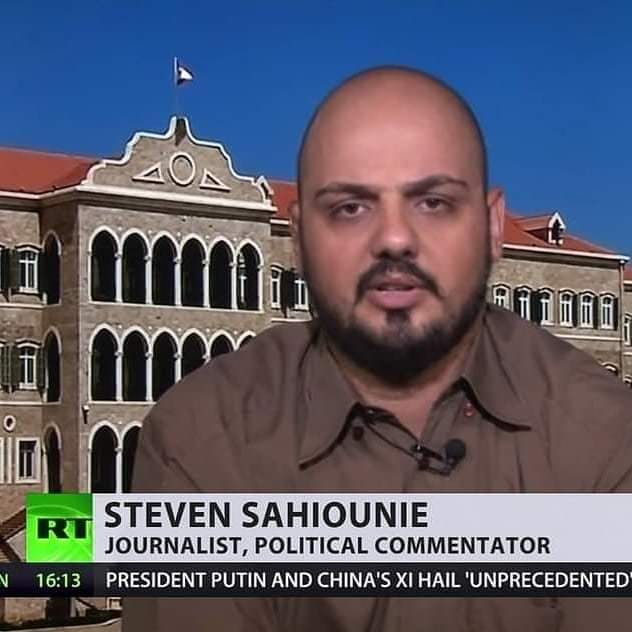Steven Sahiounie, journalist and political commentator
Many expected Hezbollah to dissolve into disarray after its leader, Hassan Nasrallah, was assassinated on September 27 by Israeli airstrikes, but Hezbollah fights on in Lebanon and has increased its attacks on Israel since Nasrallah's death.
Nasrallah's death motivated the armed fighters to avenge the death of their charismatic leader who began his leadership in 1992.
Israel announced on October 27, that five of the IDF were killed in Lebanon fighting Hezbollah, bringing to 37 the death toll for soldiers fighting there since the start of ground operations in Southern Lebanon on September 30.
According to the BBC, eight IDF were killed fighting Hezbollah inside Lebanon on October 3, marking Israel's first losses in Lebanon.
According to Hezbollah sources, the number of IDF killed is 90, with 750 injured. The equipment losses are 38 Merkava tanks, 4 wheel loaders, 1 hummer, 1 armored vehicle, 1 troop transport, 3 drones, 3 Hermes 450, and 1 Hermes 900.
These equipment losses are the result of hand-to-hand combat and do not include Hezbollah attacks on Israeli military bases.
According to the Lebanese Health Ministry, at least 2,672 people have been killed and 12,468 injured in Lebanon.
Political analysts have thought there will be no ceasefire in either Gaza or Lebanon until after the US election next week. With the Oval Office flying on auto-pilot, Netanyahu has a fully charged green light to pursue his military goals at the expense of the US taxpayer.
US Special Envoy, Amos Hochstein, has been on a shuttle diplomacy mission to secure a ceasefire in Lebanon. He is trying to sell a US-Israeli deal that will strip Hezbollah of weapons, and put the Lebanese Army in southern Lebanon, while Hezbollah withdraws its forces north of the Litani River.
Hochstein is in Tel Aviv today, and officials in Beirut are awaiting his next visit.
The current and ongoing conflict is referred to as the Third Lebanon War, following Israeli invasions in 1982 and 2006 that proved to be failures for Israel militarily.
The 1982 Israeli invasion, the Hezbollah resistance group, as a response to the brutal Israeli occupation of the south of Lebanon, lasted from 1982 to 2000. It was the resistance that was successful in driving out the Israeli occupation army, but a small area on the border, Shebaa Farms, remains occupied by Israel.
Hezbollah has vowed to stop all attacks on Israel if a ceasefire is agreed on in Gaza, where 40,000 Palestinians have been killed, with at least half identified as women and children.
The suffering in Lebanon is connected to the suffering in Gaza. From the outset of violence beginning on October 7, 2023, the US and the international community have been urging a ceasefire in Gaza to release the hostages, and to end the genocide in Gaza.
Israeli Prime Minister Benjamin Netanyahu opposed a ceasefire because he had not yet realized a military goal. He intends to complete the ethnic cleansing of Gaza by removing all Palestinians remaining from Gaza, and to eliminate all Hamas leaders, fighters, and weapons.
(Note: You can view every article as one long page if you sign up as an Advocate Member, or higher).





